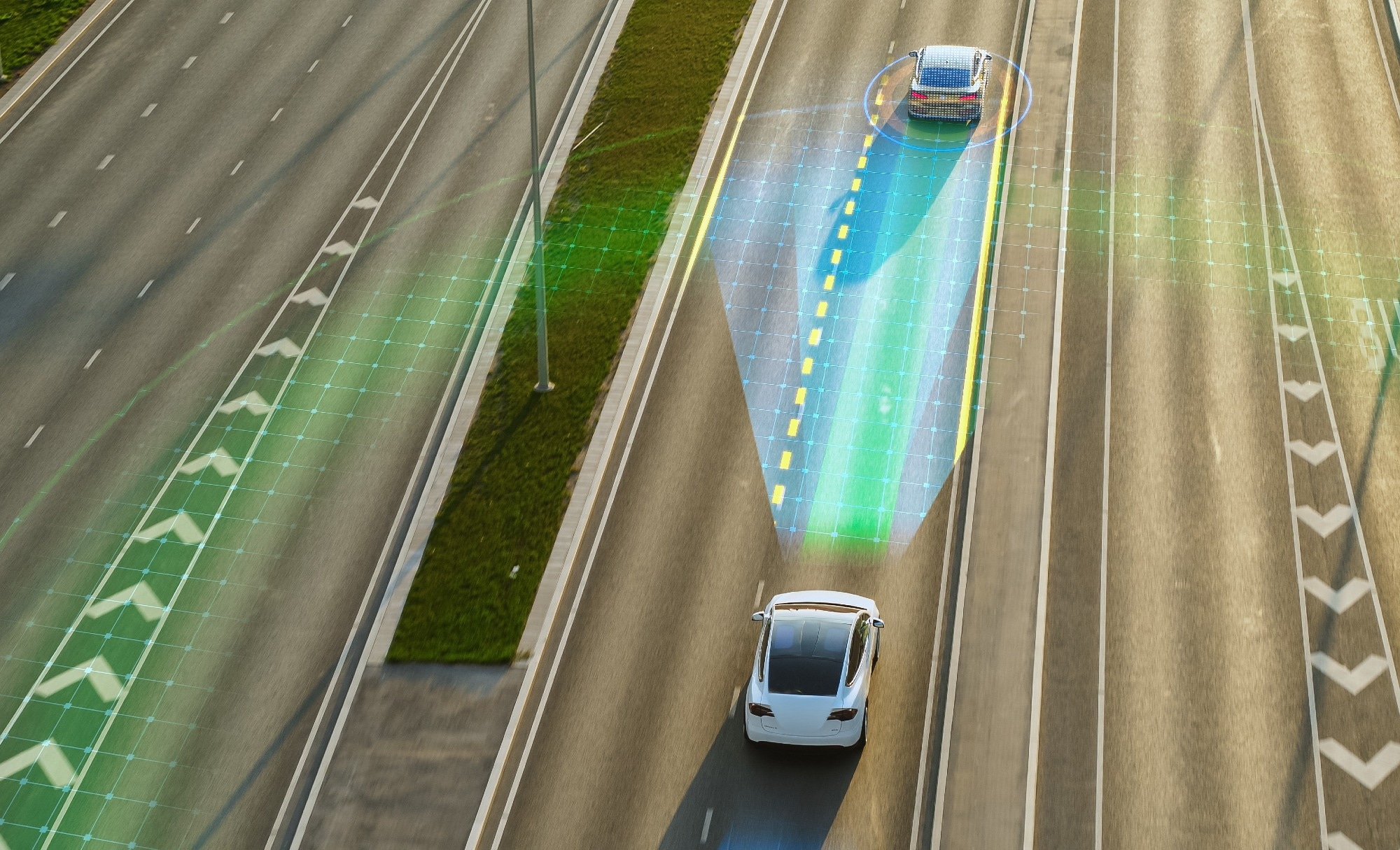In a paper published in the journal Scientific Data, researchers introduced a pivotal initiative addressing challenges in modeling car-following behavior. They created a unified benchmark dataset consolidating over 80K car-following events from five public driving datasets. This benchmark establishes a standard for evaluating and comparing car-following models, overcoming format inconsistencies in existing datasets.
 Study: FollowNet: A Unified Benchmark for Advancing Car-Following Behavior Modeling. Image credit: Gorodenkoff/Shutterstock
Study: FollowNet: A Unified Benchmark for Advancing Car-Following Behavior Modeling. Image credit: Gorodenkoff/Shutterstock
The initiative aims to advance microscopic traffic flow modeling by enabling accurate assessments of state-of-the-art car-following simulations using real-world driving data. The provided datasets and codes promote transparency and facilitate further research in this field.
Background
Car-following, a crucial driving behavior, influences safety and traffic flow. Mathematical models representing this behavior are vital for traffic simulations. Recent data-driven models show promise but need help with challenges: disparate data formats hinder model comparisons, and existing datasets need more representation of mixed traffic with autonomous vehicles. By establishing a standardized benchmark, FollowNet addresses these gaps. Extracted from diverse datasets, it provides a uniform platform for evaluating car-following models.
Comprehensive Metrics for Model Evaluation
The methods delineate the benchmark construction, starting with the data preprocessing phase. It outlines the process of extracting car-following events from diverse datasets and highlights essential criteria for event inclusion, ensuring continuity in vehicle tracking and sufficient event duration. The methodology involves an algorithm for continuous lead vehicle identification and noise reduction using the Savitzky-Golay filter.
Next, the section introduces five baseline car-following models employed in the benchmark, comprising both traditional and data-driven approaches. These models include the Intelligent Driver Model (IDM) and Gazis-Herman-Rothery (GHR), which are conventional models. In contrast, neural network (NN), Long Short-Term Memory (LSTM), and Deep Deterministic Policy Gradient (DDPG) models represent data-driven methodologies. Each model's training duration, input parameters, and output considerations are detailed, showcasing the variance in their architectural designs and optimization techniques.
The benchmark elucidates the evaluation metrics used to gauge model performance. Researchers chose these metrics—Mean Squared Error (MSE) of spacing, collision rate, jerk, and Time-to-Collision (TTC)—to evaluate the effectiveness of the models in maintaining safe, efficient, and comfortable driving behavior. They highlight the significance of these metrics in assessing vehicle spacing accuracy, collision avoidance, smoothness of vehicle movements, and safety through time estimation of potential collisions.
By integrating these diverse metrics, the benchmark ensures a comprehensive assessment of the car-following models, emphasizing accuracy, safety, and driving comfort. This multi-faceted evaluation approach contributes a more nuanced understanding of model performance within microscopic traffic flow modeling.
Comprehensive Analysis of Car-Following Models
Dataset Description and Preprocessing: The approach uses five distinct public driving datasets to orchestrate a comprehensive benchmark for car-following behavior. The research ensures a meticulous data preprocessing phase by outlining their attributes and relevance. It includes extracting consistent car-following events and stringent filtering to maintain data integrity across diverse datasets, enabling a meaningful comparative analysis.
Behavioral Measure Analysis: The research meticulously presents intricate statistical analyses and distributions of car-following behavioral measures across the datasets. The research highlights distinctive behavioral patterns in speed, spacing, time gaps, acceleration, and event durations through descriptive statistics and graphical representations. These findings underscore the nuanced variations in driving behaviors across diverse traffic scenarios and environmental settings.
Benchmark Methodology and Models: The paper introduces a robust benchmark methodology encompassing data preprocessing, baseline models, and evaluation metrics. Researchers leverage and fine-tune traditional and data-driven models such as the IDM, GHR, NN, LSTM, and DDPG to minimize MSE of spacing and replicate human-like driving behavior. The article provides detailed insights into model calibration processes and emphasizes the significance of hyperparameter tuning.
Evaluation Metrics and Model Performance: The method presents an exhaustive review of model performance, employing key metrics like MSE of spacing, collision rate, jerk, and TTC. This research systematically assesses how each model performs across diverse datasets, elucidating the strengths and limitations of traditional versus data-driven models concerning safety, driving comfort, and predictive accuracy.
Future Directions and Implications: The research emphasizes critical areas for future research and model enhancement. It underscores the necessity of zero collision rates in models while maintaining accuracy, stressing the importance of interpretability and generalization in data-driven models, and advocates for integrating additional real-world factors into datasets for more comprehensive simulations. The paper concludes by advocating for an open-access benchmark to foster advancements in precise, comfortable, and safe car-following models.
Conclusion
To summarize, this comprehensive study delves into the intricate world of car-following behavior modeling, showcasing the efficacy of various traditional and data-driven models. Through detailed analyses across diverse datasets, the research provides valuable insights into model calibration, hyperparameter tuning, and the evaluation of performance metrics.
The meticulous examination of car-following behavioral measures offers a nuanced understanding of driving dynamics in different scenarios. Leveraging a range of evaluation metrics, from MSE of spacing to collision rate and beyond, has enabled a thorough assessment of model effectiveness. Ultimately, this work lays a strong foundation for future advancements in car-following behavior modeling, contributing significantly to developing safer, more efficient driving systems and paving the way for enhanced microscopic traffic simulations.